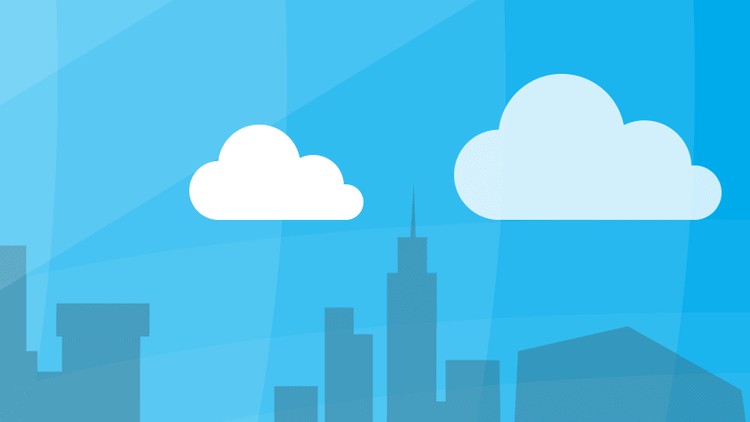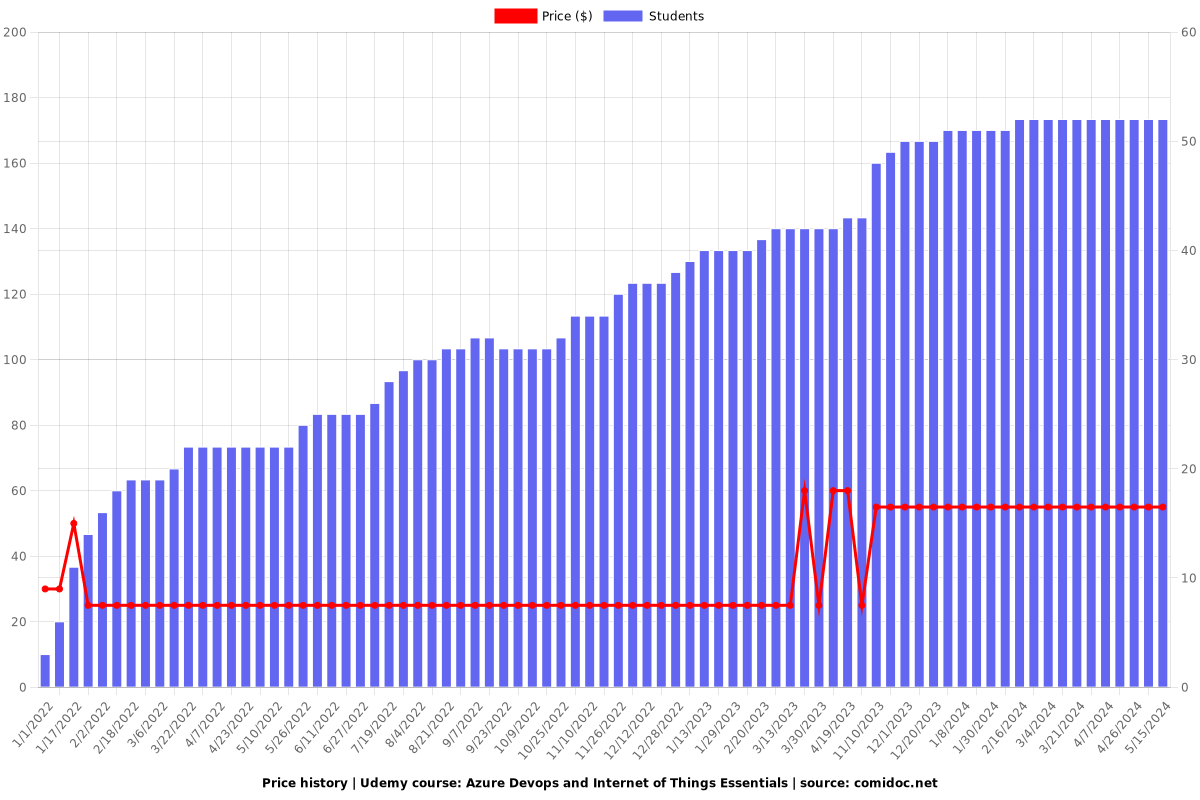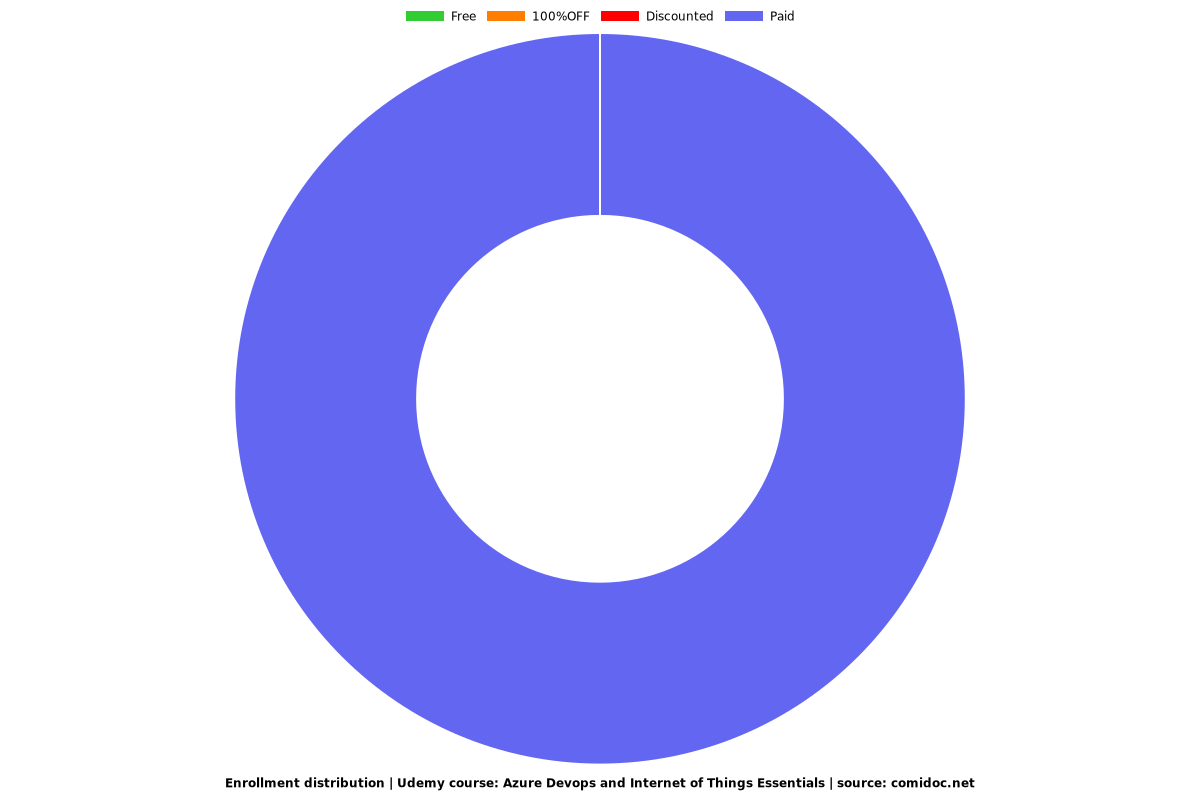Azure Devops and Internet of Things Essentials
Microsoft Power Automate, Azure IOT , Azure Edge , Azure IOT Central , Azure Devops Fundamentals and resources

What you will learn
Implementations in Azure IOT Services
Introductions to Microsoft Power Automate
Introduction to Virtual Machines
Introduction to Internet of Things
Introduction and Implementations with Azure Devops Services
Why take this course?
The DevOps movement began around 2007 when the software development and IT operations communities raised concerns about the traditional software development model, where developers who wrote code worked apart from operations who deployed and supported the code. The term DevOps, a combination of the words development and operations, reflects the process of integrating these disciplines into one, continuous process.
Despite the mythical tone of some of the stories about its origins, DevOps was not created out of whole cloth. Rather, the seeds of DevOps were planted long ago and have been nurtured by forward-thinking IT experts in a number of disciplines. The two primary antecedents of DevOps are:
Enterprise systems management (ESM). Many of the people involved in the initial definition of DevOps were system administrators. These operations experts brought key ESM best practices to DevOps, including configuration management, system monitoring, automated provisioning, and the toolchain approach.
Agile development. One observer notes, “DevOps can be interpreted as an outgrowth of Agile—agile software development prescribes close collaboration of customers, product management, developers, and (sometimes) QA to fill in the gaps and rapidly iterate towards a better product ... [DevOps acknowledges that] service delivery and how the app and systems interact are a fundamental part of the value proposition to the client as well, and so the product team needs to include those concerns as a top-level item. From this perspective, DevOps is simply extending Agile principles beyond the boundaries of the code to the entire delivered service.”
As DevOps is intended to be a cross-functional mode of working, those who practice the methodology use different sets of tools—referred to as "toolchains"—rather than a single one.[17] These toolchains are expected to fit into one or more of the following categories, reflective of key aspects of the development and delivery process.
Coding – code development and review, source code management tools, code merging.
Building – continuous integration tools, build status.
Testing – continuous testing tools that provide quick and timely feedback on business risks.
Packaging – artifact repository, application pre-deployment staging.
Releasing – change management, release approvals, release automation.
Configuring – infrastructure configuration and management, infrastructure as code tools.
Monitoring – applications performance monitoring, end-user experience.
Screenshots




Charts
Price

Rating

Enrollment distribution
